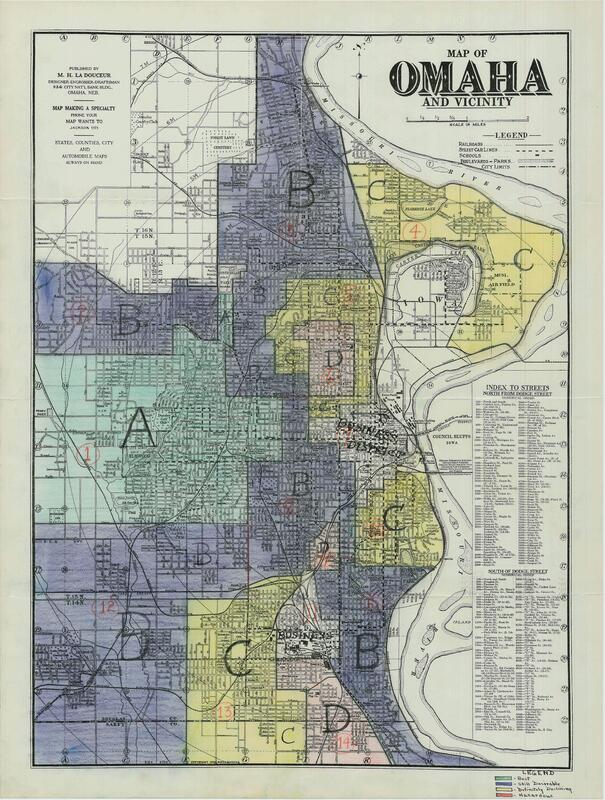DePorres Club: North Omaha
The DePorres Club concentrated many of its efforts on Omaha’s near north side, known as North Omaha, where the majority of the city's Black inhabitants lived. The southern edge of the North Omaha neighborhood reached to the edges of Creighton’s campus in downtown Omaha. North Omaha developed as part of the city starting as early as the mid-nineteenth century. By 1910, census figures indicated that, among westernmost cities in the United States, only Los Angeles and Denver had larger populations of Black citizens. (Johansen, 2022). Omaha’s Black population continued to grow as the city's meatpacking plants drew jobseekers during the Great Migration. North Omaha, where most Black inhabitants lived, became a thriving cultural hub of music and theater. Even as North Omaha’s cultural life developed, its inhabitants struggled with the effects of recurrent outbursts of racial violence in the early twentieth century, as well as the consequences of redlining policies that made it extremely difficult—if not impossible—for Black Omahans to move outside of North Omaha. Redlining policies in cities across the nation—enforced through restrictive housing covenants—resulted in poor neighborhoods with worse infrastructure, fewer job opportunities, and poorer educational options and medical care than other neighborhoods and growing suburbs. Though outlawed in 1968, the long-lasting effects of redlining can still be seen in Omaha and other cities in the United States. (Strand, 2016; Rothstein, 2018).
